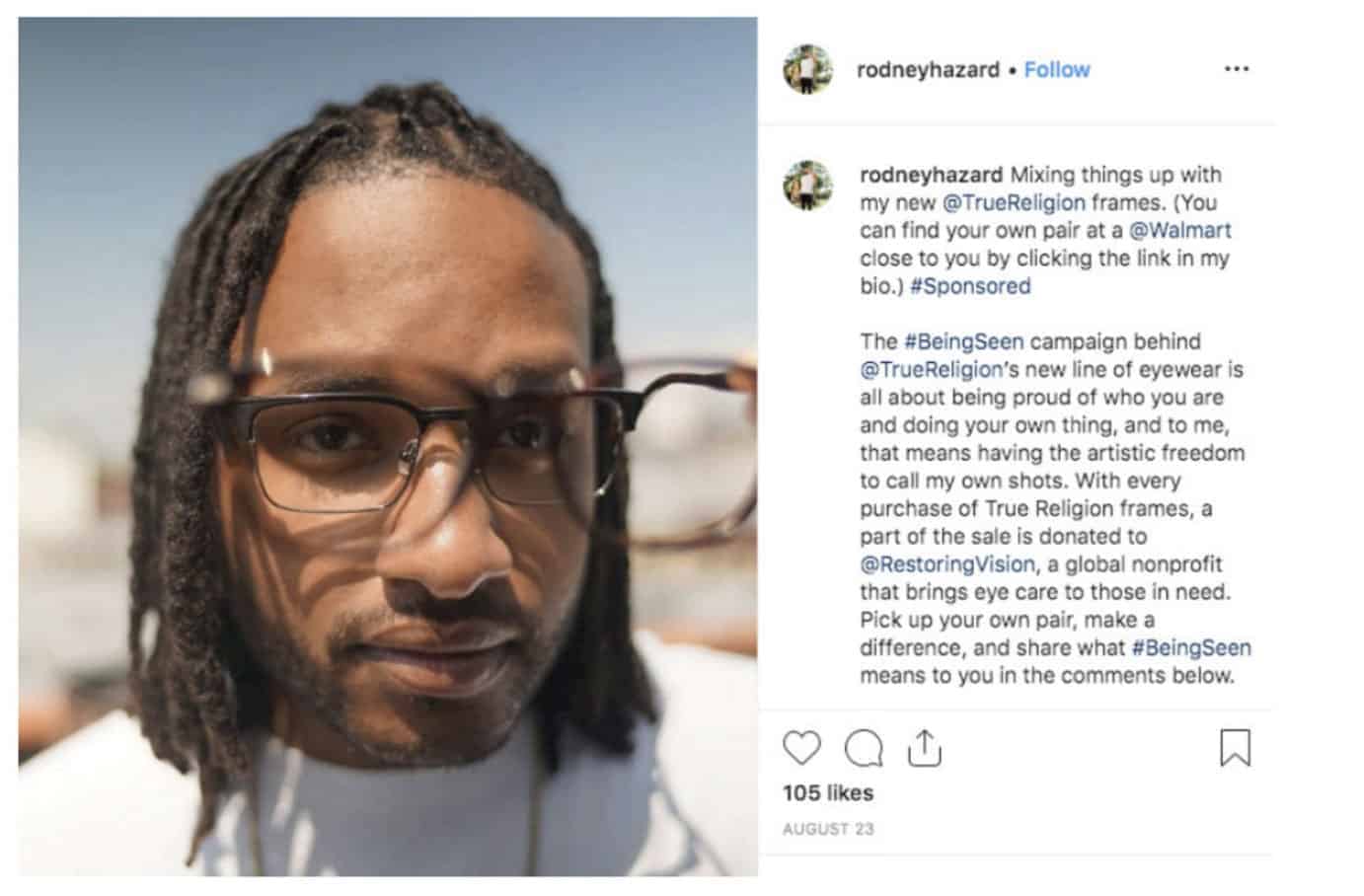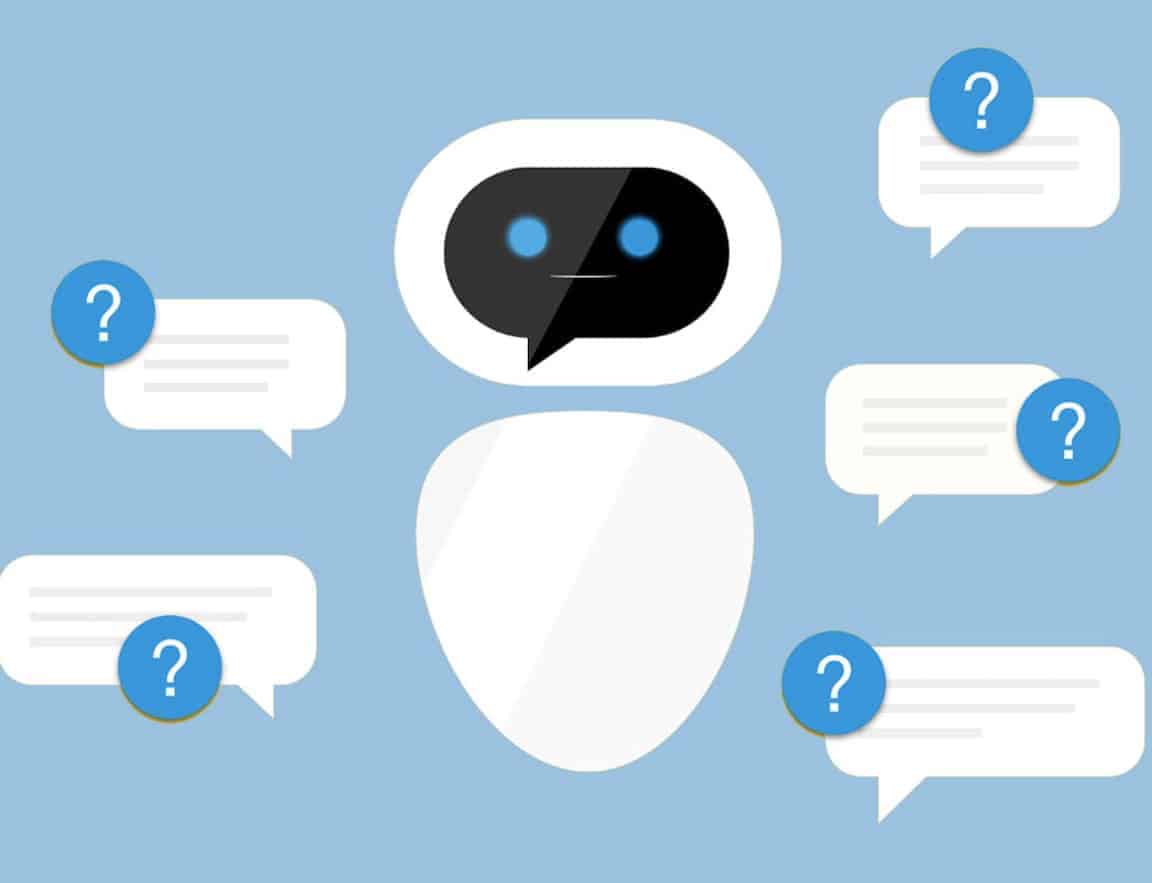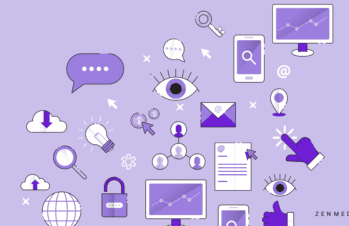The customer buying journey, or the path a customer takes from becoming aware of your brand to making a purchase, isn’t what it was 10 years ago.
While it’s never been a straight line, today multiple factors, from broad changes in customer behavior, to the adoption of omnichannel marketing, have transformed the customer buying journey into a much more fluid, back-and-forth path than ever before. But that doesn’t mean it isn’t predictable.
In the course of our research into the connected consumer, we spent a lot of time exploring the customer buying journey. Here’s what we learned, and why it matters.
What does the customer buying journey look like for connected consumers?
When we conducted our research, we found that the consumers we spoke to followed a nearly identical buying journey.
Step 1: They needed a product to remedy a specific pain point or improve their quality of life.
Step 2: After identifying this need, they began independently gathering information by conducting broad internet searches related to the item they were seeking.
Step 3: When they had a solid grasp on the context surrounding the product they wanted, they were ready to take a deeper dive by visiting online marketplaces and retail websites to find reviews of the products they were researching.
We also found that connected consumers were characterized by four paradoxes:
- They were independent, yet interconnected.
- They were digitally native, yet highly hands-on.
- They were idealistic, yet discriminating.
- They were godlike in terms of the digital power they wielded, yet all too human.
If brands are able to supply the information that customers need and want throughout each of the customer-journey steps—in other words, “hack the gaps”—they can earn the connected consumer’s trust and be well on their way to creating mutually beneficial, long-term customer relationships.
First step: Personalize and curate content
One of the first things we learned about the connected consumer was that they spend a great deal of time—and often effort—in researching the products they’re considering purchasing.
Survey respondents we spoke to reported:
- Creating spreadsheets to compare models and prices
- Searching online for coupons and deals on the product they were considering AND comparable products
- Seeking out reviews of the product they were considering
There are two ways of thinking about this.
One is, “Consumers will seek out the information they want on their own. As long as we make that information available to them, they’ll eventually see that our product matches their needs.”
The other, more innovative (and more successful!) way to think about this is:
“Consumers will seek out the information they want on their own—but what if we gave them multiple ways to gather, organize, or curate that information? What if we helped them PULL content to themselves, instead of just push content to them?”
What does this look like? Here are some examples:
- A built-in product comparison tool on your website
- An evolving, curated list of complementary products to yours from around the web
- Coupon- or deal-selecting tools that allow users to choose from several options based on the purchase they’re considering
If brands can get ahead of this need for information by making it easy, fast, and intuitive for consumers to find what they want and need—in essence, give them what they want before they even know they want it—they’ll be head and shoulders above the ones that expect consumers to go elsewhere to find information, and come back to make the purchase when they’re ready.
Second step: Make your ads as “un-ad-like” as possible
Something else we learned about the connected consumer?
They distrust advertising more than almost any other tool brands use to get their message out. (The only thing they trust less is an attempt to show authenticity, but we’ll get to that later.)
Now, this isn’t news—consumers have been trusting ads less and less for years, especially as their social media feeds fill up with sponsored posts and celebrity influencers hawking the latest product.
But what is news is just how much the connected consumer relies on trusted gurus, be they friends, acquaintances, or effective influencers, to help bolster their own opinions on a product they’re thinking of purchasing.
While you can’t affect how their friends and acquaintances may feel, other than by providing an excellent customer experience from start to finish, you can use this information to help shape the way you create your influencer campaigns.
Today, it’s not the influencers who have millions of followers that you need on your side.
Instead, it’s the influencers who have followings that are highly engaged, whether those followers number in the hundreds or thousands.
We used this rule when selecting the influencers for our #BeingSeen campaign for a new line of eyewear by True Religion.

Source: @rodneyhazard
The influencers we sought out had followings of fewer than 10,000 to more than 75,000, but what they had in common was:
- Followers who were highly engaged with their content
- A real, authentic interest in the True Religion eyewear line
- An aesthetic that matched that of True Religion’s eyewear line
Because of these factors, the #BeingSeen campaign was wildly successful, resulting in a reach of more than 500,000 and more than 3,500 meaningful (indicating intent to purchase) website visits.
Step 3: Identify the points at which your customers are leaving your website,
abandoning their carts, or otherwise indicating a loss of interest in purchasing.
While connected consumers do exhibit different behaviors than consumers in previous years, one thing hasn’t changed:
You can still learn a whole lot about your marketing by looking at which points your customers are leaving the purchase journey.
If you’re a B2B brand, that could mean discerning at what stage your potential buyers stop answering sales emails or other contacts.
If you’re a B2C brand, that could mean noticing where customers are exiting your website, or which email campaigns are going mostly unopened.
Once you’ve figured that out, you’ll want to analyze why they’re leaving. Do they need more information than you’re getting them? Do they have questions that aren’t being answered?

When you’ve nailed down the touchpoints where your marketing isn’t working, get to work creating content to fill those spots.
Whether that’s a chatbot, an FAQ, a product comparison chart, or even a series of blog posts, the content should be mapped to the specific points where you’re losing customers on the buying journey.
The customer buying journey has never been linear, but in a digital age of proliferating touchpoints, it’s more important than ever to have a comprehensive map for effectively understanding it. For more on how to bring customers happily home to your brand, check out this infographic.





